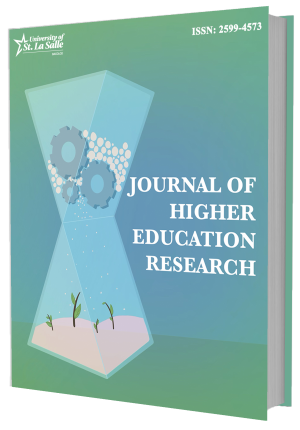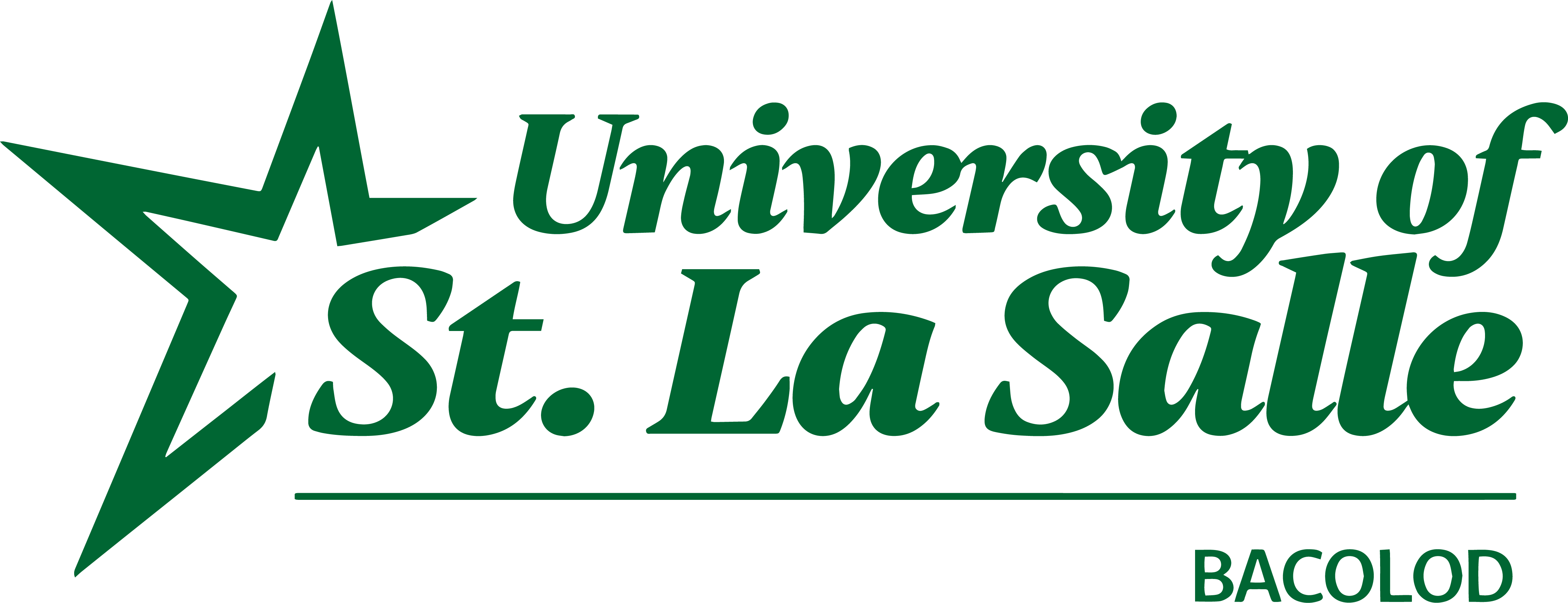The Carousel Design as a Virtual Education Mode of Delivery: An Action Research Implemented in the College of Arts and Sciences
https://doi.org/10.70228/JHER2024021
Cite this article Read this article
ABSTRACT
An innovation to shift to modular online learning and employ carousel delivery was explored by the College of Arts and Sciences (CAS) to ease the transition to flexible remote learning. This action research aimed to: a. improve educational practices and student experiences through the implementation of carousel delivery by exploring students' experiences, the primary intervention focus of this study; b. compare significant differences between the learning experiences of students in majority carousel and mixed carousel conditions; c. monitor, document, and evaluate the current learning innovation; and d. note experiences of other educational institutions in implementing this learning format. Participants involved 253 CAS students from various programs, of which 145 belonged to the majority carousel (Psychology and Communication), while 108 belonged to the mixed carousel group (Biology, Political Science, Interdisciplinary Studies). A survey was disseminated to the students through online forms during the first and second semesters of the academic year 2020-21. Findings showed that there were no significant differences between the majority and mixed carousel groups in the areas of objectives, retention, comprehension, student-teacher interaction, and length of lesson, but a significant difference was found in academic workload (t (251) = 3.31, p=0.001) with students assigned to majority carousel benefitting more from the innovation. During carousel implementation, there was a shift from a three-cycle (six-week) to a two-cycle (nine-week) carousel format. Findings from the thematic analysis outlined the following benefits: better focus and more time, a more manageable workload, less stressed and more satisfied students, practical and economical, and having commendable professors. In CAS CAROUSEL STUDY contrast, recommendations identified were to give fewer requirements and more reasonable deadlines, more lectures and interactive discussions, and utilize alternative modes of communication. Thematic analysis from the key informants reported that the benefits of carousel delivery outweighed its challenges.
Keywords:

Volume 9, June, 2021 EDITION
Published 2021
Editor's Note
It is with great pride that we present this latest collection of scholarly contributions in Volume 9 of the Journal for Higher Education Research, highlighting the diverse research endeavors undertaken by our esteemed authors. Each study featured in this volume emphasizes the commitment to academic excellence and practical impact, addressing challenges and uncovering insights relevant to a wide range of disciplines in higher education research. Macoy and Quezon delve into real estate buyers' preferences and financing determinants, offering valuable implications for developers and policymakers in Iloilo and Negros Occidental. Peña and Tedoco explore the opportunities and challenges faced by small enterprise bakery operators, providing practical recommendations for sustainability and growth within this vital sector. Dura's linguistic landscape analysis uncovers the cultural and ideological dynamics within a public high school in Bacolod City, emphasizing the importance of multilingualism in educational environments. Similarly, Quezon addresses the crucial topic of anxiety among young adults, shedding light on barriers to help-seeking and the innovative coping strategies developed in the absence of professional intervention. The work of Gabarra and Lastimoza showcases the effectiveness of graphic-[1]based supplementary reading materials in enhancing literature instruction, bridging traditional texts with modern, interactive tools. Pillo and her team present a sustainable ecotourism plan for Bago City and Pulupandan, highlighting the critical interplay between community involvement and ecological stewardship. The study by Tirado and colleagues establishes a strong link between online engagement and academic performance, emphasizing psychological engagement as a key mediator in mathematics education. Ochavo evaluates a school-[1]administered youth facility for children in conflict with the law, offering insights into its transformative impact and areas for improvement. Finally, Capay and her co-authors examine the implementation of the carousel delivery system in modular learning, underscoring its benefits while advocating for enhancements to further improve student experiences. This issue serves as a testament to the boundless dedication and ingenuity of our authors. We would like to thank our editors and reviewers for meticulously working on these significant research works. We hope these studies inspire further academic pursuits and practical applications that benefit our communities. Sincerely, JOVAL N. MARTINEZ Editor-in-Chief


